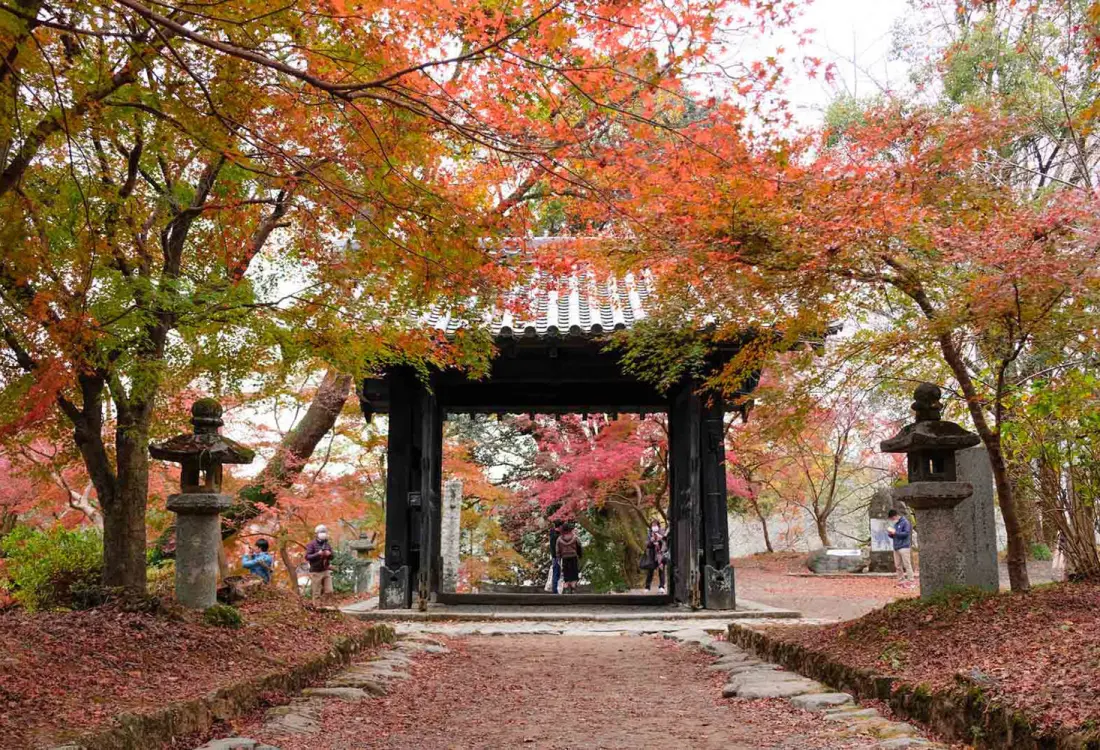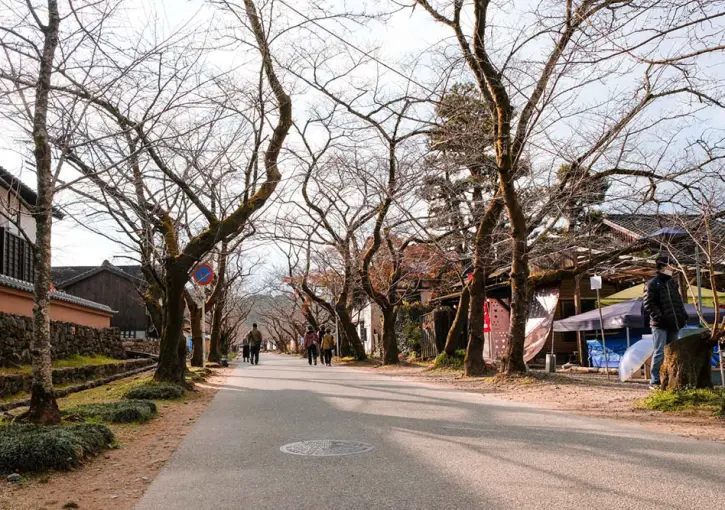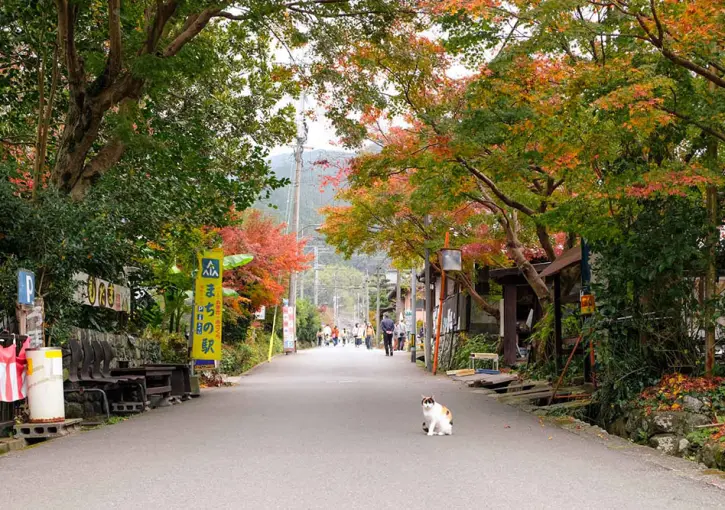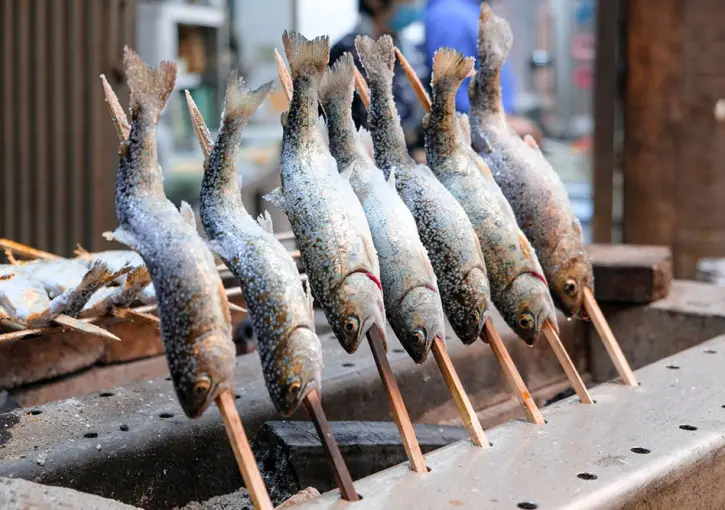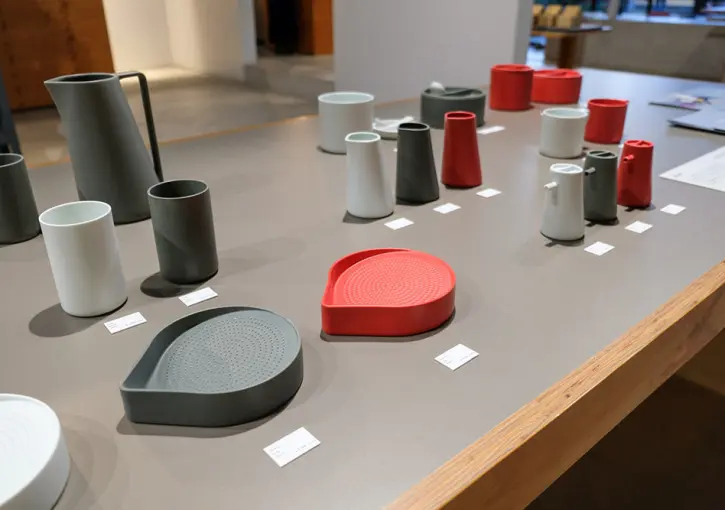Take in Autumn Scenery at the Garden of Mifuneyama Rakuen in Takeo
Autumn is an ideal time to visit Mifuneyama Rakuen, as its green landscape becomes increasingly saturated with fiery reds, oranges, and yellows. This garden was built in 1845 by Lord Nabeshima Shigeyoshi, who chose Mount Mifuneyama, the symbol of Takeo, as the location for his holiday villa. All year round, the 150,000-square-meter garden highlights Japan’s four distinct seasons in a kaleidoscope of colors, from spring blue azalea-covered hillsides to wintery white snow-covered trails illuminated by outdoor lights. Even during peak times, there’s plenty of room to roam the gardens without bumping elbows. Wander from the mountain base to the 170-year-old maple tree, then seek out the cave’s secluded tree tunnel leading up to a viewpoint overlooking the surrounding Takeo area. Return in the evening, when a fantastic light show casts the garden in otherworldly hues during its Autumn Leaves Festival. Retrace your steps as illuminated trees and glowing paper lanterns are reflected on the glassy surface of the central pond.
